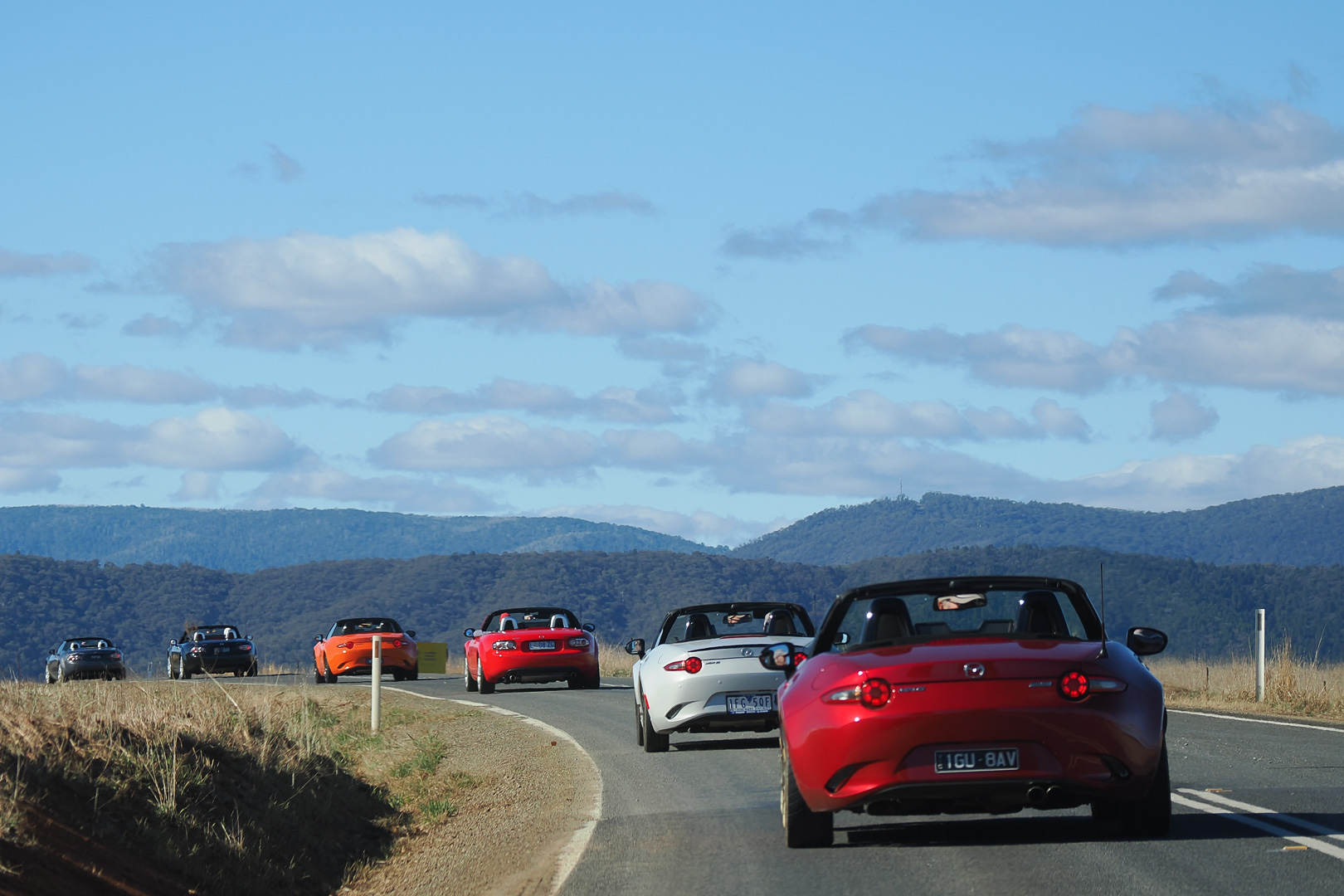Safety equipment is probably the best thing to do if you intend competing in events regularly.
Whilst accidents in general are rare, and rollovers even rarer, when pushing the limits it’s better to be safe than sorry.
A rollbar should be high on every competitor’s priority list. A four-point harness is also recommended, not only for the added safety, but the tightness improves the “feel” for the car you have through the seat, and allows a more relaxed grip on the steering wheel; both of which will increase your handling abilities.
Before spending money on performance gear, it’s worth remembering that the largest performance gains can generally be made through driving technique, and using the existing full capabilities of the car. If you’re not revving it to the redline on every gearchange, there’s no point modifying the car for power gains (and those power mods are usually related to freeing up airflow at the top end anyway). Likewise, if you aren’t experiencing brake fade, don’t bother spend money upgrading the braking system.
Save those funds for driver training and more seat time. Tighten the nut behind the wheel first. Once you can recognise the shortcomings of the standard car, then you are in a better position to decide how to improve it.
Power: Everyone wants more power, but without spending a lot, it’s hard to get significant gains from the MX-5. The superb handling of the stock car is hard to improve on. The best performance improvements for the track (beyond driving technique) are probably tyres and brakes.
Wheels: Many drivers keep one set of fancy wheels for the road, and use their original rims to mount a set of track tyres on. Why? Weight and cost – the stock MX-5 alloys are very light weight, which aids handling and ride, and their small size (at least on the early cars) means that track tyres are relatively cheap. High performance track tyres increase braking grip, allow higher cornering speeds, and consequently you can carry that cornering speed onto the next straight. They also wear rapidly and make a lot of noise, so aren’t ideally suited to everyday driving.
Brakes are also critical on the track, where you will use them harder than you ever could on the road. Fresh brake fluid is necessary as it absorbs water with age, lowering its boiling point. Choose a good DOT4 grade fluid, bleed it regularly, and flush it about once a year. The OEM brake pads are quite good for most purposes, but there are lots of options for higher performance pads. However, some of these racing pads will not work as well when cold, so are not suited to the street.
For more power, an exhaust system and a cold air intake are a good start. Beyond that, the returns for the money spent get proportionately smaller. As the old racers’ adage goes: Speed costs. How fast do you want to go?
Popular handling upgrades are performance (adjustable) shock absorbers, shorter and stiffer springs, and larger anti-sway bars. These can improve handling sharpness and cornering abilities, but if your car is used on the road it’s wise not to go too hard or low, or the ride, comfort and ground clearance can be unbearable. If the suspension is so stiff that you are bouncing over bumps on the road, your handling and grip will be decreased as you lose contact with the road surface. What works for the track isn’t always best for the road, so if your MX-5 is a daily driver, a compromise will have to be reached.
Wheel alignment is also highly recommended and very cheap, and the MX-5’s suspension is fully adjustable. If you go to events regularly it’s wise to run more camber than you would on the road, to prevent the outside edges of the tyres from wearing prematurely.
For each area of modification or upgrade, there are numerous options and brands to choose from. To find out what works (and equally what doesn’t), ask a fellow competitor at an event for suggestions.
If you have any more questions feel free to contact your Chapter Captain – Motorsport.
This Page Last Updated on 01-06-2023 by Bruce Gray






